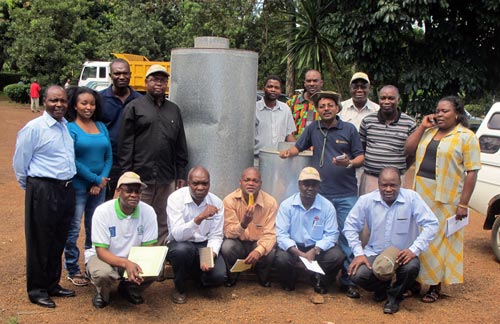Innovative public-private partnership to scale up conservation agriculture in Bangladesh
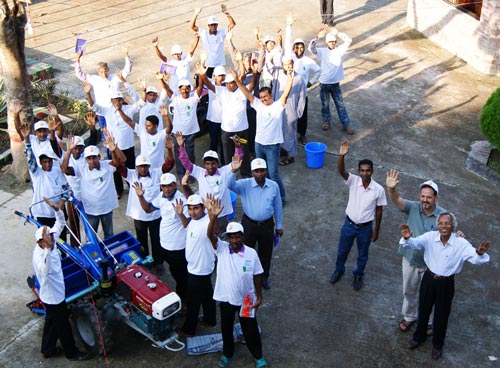 Developing public-private partnerships (PPPs) to expand conservation agriculture (CA) is one of the main goals of the USAID-funded Cereal Systems Initiative for South Asia in Bangladesh (CSISA-BD). A key stakeholder in CSISA-BD, CIMMYT has partnered with International Development Enterprises (iDE) to develop business models to support Solar International, a leader in the agricultural machinery sector in Bangladesh. To kick-start the PPP, Solar International recently imported 54 seeder-fertilizer drills that can be attached to the ubiquitous two-wheel hand tractors found in Bangladesh, and used for the CA strip tillage technique. Using such machinery allows for rapid precision planting of wheat, reduces the turn-around time before the rice harvest, and responds to the problem of growing labor scarcity for planting in Bangladesh. The PPP prioritizes farmer and service provider training in better-bet agronomic practices, optimum use of the seeder-fertilizer drills, and the marketing of agricultural services to small and marginal farmers at reasonable prices.
Developing public-private partnerships (PPPs) to expand conservation agriculture (CA) is one of the main goals of the USAID-funded Cereal Systems Initiative for South Asia in Bangladesh (CSISA-BD). A key stakeholder in CSISA-BD, CIMMYT has partnered with International Development Enterprises (iDE) to develop business models to support Solar International, a leader in the agricultural machinery sector in Bangladesh. To kick-start the PPP, Solar International recently imported 54 seeder-fertilizer drills that can be attached to the ubiquitous two-wheel hand tractors found in Bangladesh, and used for the CA strip tillage technique. Using such machinery allows for rapid precision planting of wheat, reduces the turn-around time before the rice harvest, and responds to the problem of growing labor scarcity for planting in Bangladesh. The PPP prioritizes farmer and service provider training in better-bet agronomic practices, optimum use of the seeder-fertilizer drills, and the marketing of agricultural services to small and marginal farmers at reasonable prices.
In November 2012, supported by CIMMYT, Solar International and iDE completed in-depth training and certification of 108 leading agricultural service providers and their machine operators, who had purchased the seeder-fertilizer drill. To make this approach scalable and sustainable, Solar International embedded the cost of training in the market price of the equipment; emphasizing program sustainability by securing a training and funding source after CSISA-BD withdraws. In turn, CSISA-BD supplied a 50% cost-rebate to purchasing service providers upon successful completion of the training course. This PPP was brokered by CIMMYT’s Timothy J. Krupnik, Cropping Systems Agronomist in Bangladesh, Rajiv Pradhan (iDE), and Sohel Khan (Solar International). Trainings were facilitated by representatives of Solar International, Farhad Hossain (CIMMYT Agricultural Development Officer), Scott Justice (CIMMYT Machinery Consultant), and Shafiq Islam (CIMMYT-CSISA Training and Outreach Officer).
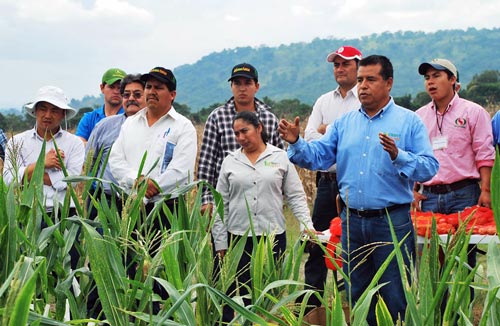 The use of doubled haploids in maize breeding was first proposed more than half a century ago and dramatically reduces the time required to produce homozygous inbred lines. Though widespread in modern maize breeding programs, the technique is little used by public programs and small- and medium-scale seed companies, especially in developing countries, partly due to its complexity.
The use of doubled haploids in maize breeding was first proposed more than half a century ago and dramatically reduces the time required to produce homozygous inbred lines. Though widespread in modern maize breeding programs, the technique is little used by public programs and small- and medium-scale seed companies, especially in developing countries, partly due to its complexity.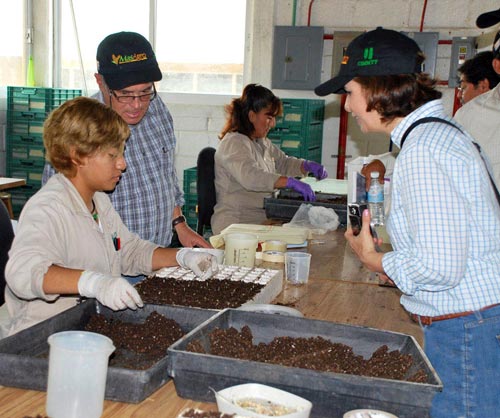 “This is a cutting-edge technology,” says Tito Clauré, Maize Program Coordinator at Bolivia’s Instituto Nacional Autónomo de Investigaciones Agropecuaria (INIAP). “We’re very happy with what we learned about double haploids, but we also attended excellent presentations on statistics, physiology, and database creation.” Clauré mentions that INIAP’s Maize Program is part of the Sustainable Modernization of Traditional Agriculture (MasAgro) project, and has received much useful germplasm from CIMMYT.
“This is a cutting-edge technology,” says Tito Clauré, Maize Program Coordinator at Bolivia’s Instituto Nacional Autónomo de Investigaciones Agropecuaria (INIAP). “We’re very happy with what we learned about double haploids, but we also attended excellent presentations on statistics, physiology, and database creation.” Clauré mentions that INIAP’s Maize Program is part of the Sustainable Modernization of Traditional Agriculture (MasAgro) project, and has received much useful germplasm from CIMMYT.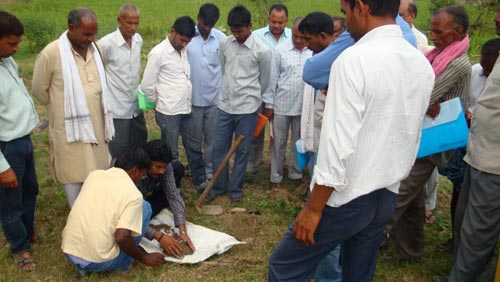 A series of farmer-scientist interaction meetings to create awareness of
A series of farmer-scientist interaction meetings to create awareness of 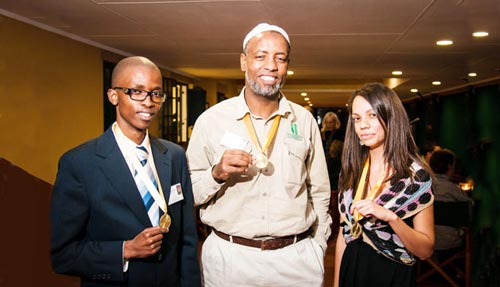
 The Kenya Annual Review and Planning Meeting (ARPM) was held during 5-6 November 2012 at the Kenya Agricultural Research Institute (
The Kenya Annual Review and Planning Meeting (ARPM) was held during 5-6 November 2012 at the Kenya Agricultural Research Institute (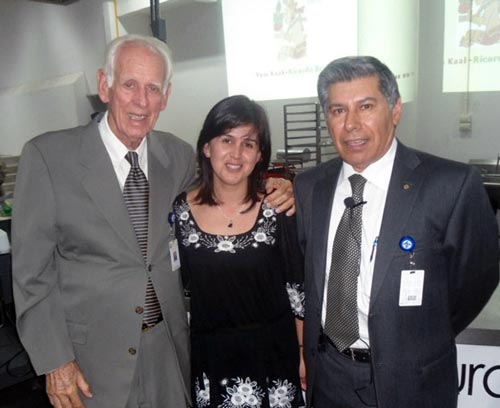
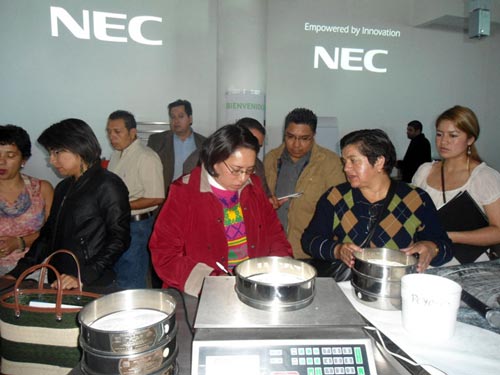 While the Congress was based largely on lectures, it provided a great opportunity for students to learn more about nixtamalization from the practical perspective, and an excellent opportunity for industry representatives to create a basis for future developments in the field. Our thanks go to all the staff involved in the Congress organization.
While the Congress was based largely on lectures, it provided a great opportunity for students to learn more about nixtamalization from the practical perspective, and an excellent opportunity for industry representatives to create a basis for future developments in the field. Our thanks go to all the staff involved in the Congress organization.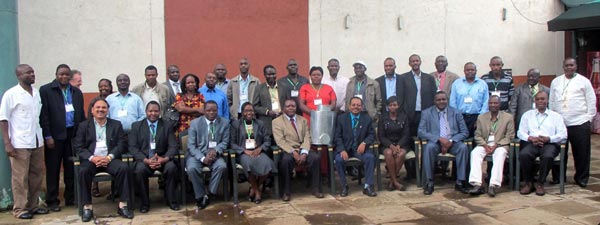
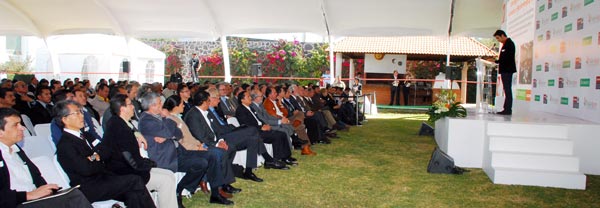
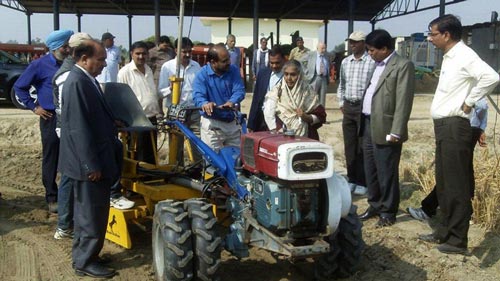 A delegation from the Government of Bangladesh led by Begum Matia Chowdhury, Minister of Agriculture, and accompanied by Tariq A Karim, High Commissioner of Bangladesh in India, Md Abdul Hamid, Additional Secretary of Agriculture, and Wais Kabir, Executive Chairman of the Bangladesh Agricultural Research Council (
A delegation from the Government of Bangladesh led by Begum Matia Chowdhury, Minister of Agriculture, and accompanied by Tariq A Karim, High Commissioner of Bangladesh in India, Md Abdul Hamid, Additional Secretary of Agriculture, and Wais Kabir, Executive Chairman of the Bangladesh Agricultural Research Council (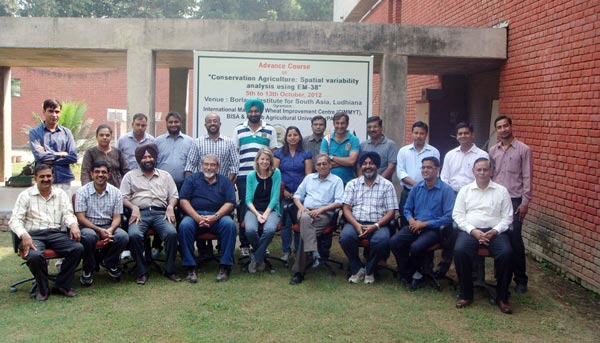
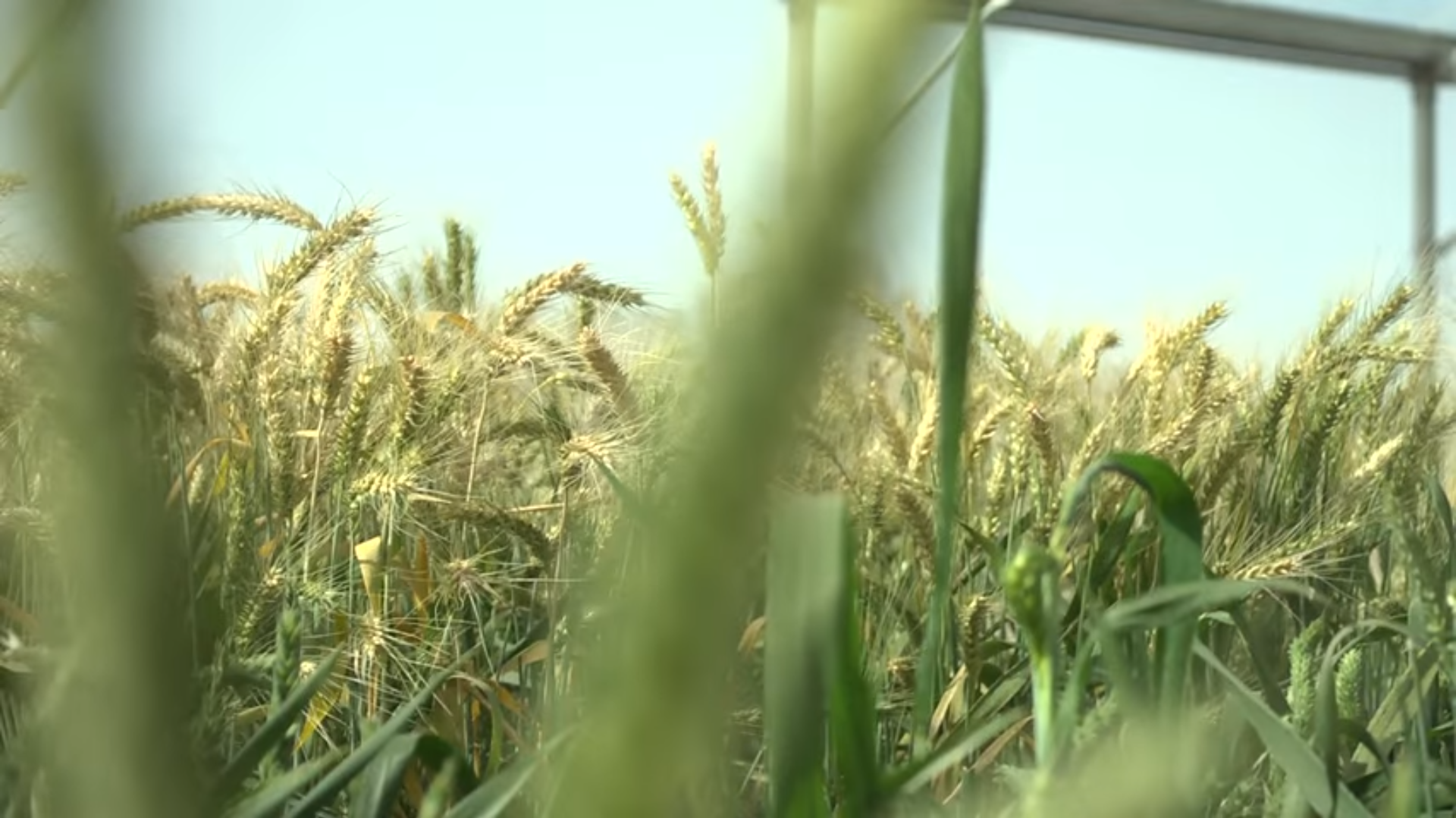
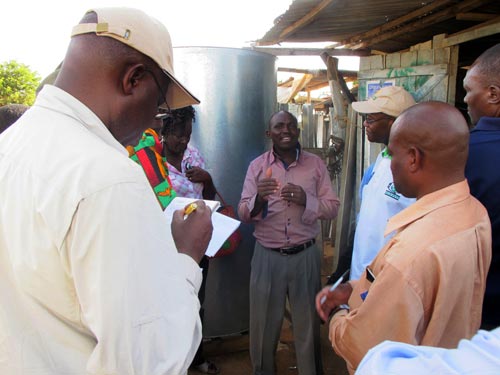 A delegation from Kenya, Malawi, Zimbabwe, and Zambia — the target countries of the Effective Grain Storage for Sustainable Livelihoods of African Farmers (EGSP) Phase-II Project— visited Malawi during 22-23 October and Kenya during 25-26 October 2012 to share experiences with project implementation and to learn about the project’s impact on the livelihoods of smallholder farmers. The delegation comprised of officials from ministries of agriculture and national agricultural research systems from the four EGSP countries, and implementing partners (Kenya Agricultural Research Institute and the Catholic Dioceses of Embu and Homa Bay in Kenya,
A delegation from Kenya, Malawi, Zimbabwe, and Zambia — the target countries of the Effective Grain Storage for Sustainable Livelihoods of African Farmers (EGSP) Phase-II Project— visited Malawi during 22-23 October and Kenya during 25-26 October 2012 to share experiences with project implementation and to learn about the project’s impact on the livelihoods of smallholder farmers. The delegation comprised of officials from ministries of agriculture and national agricultural research systems from the four EGSP countries, and implementing partners (Kenya Agricultural Research Institute and the Catholic Dioceses of Embu and Homa Bay in Kenya, 